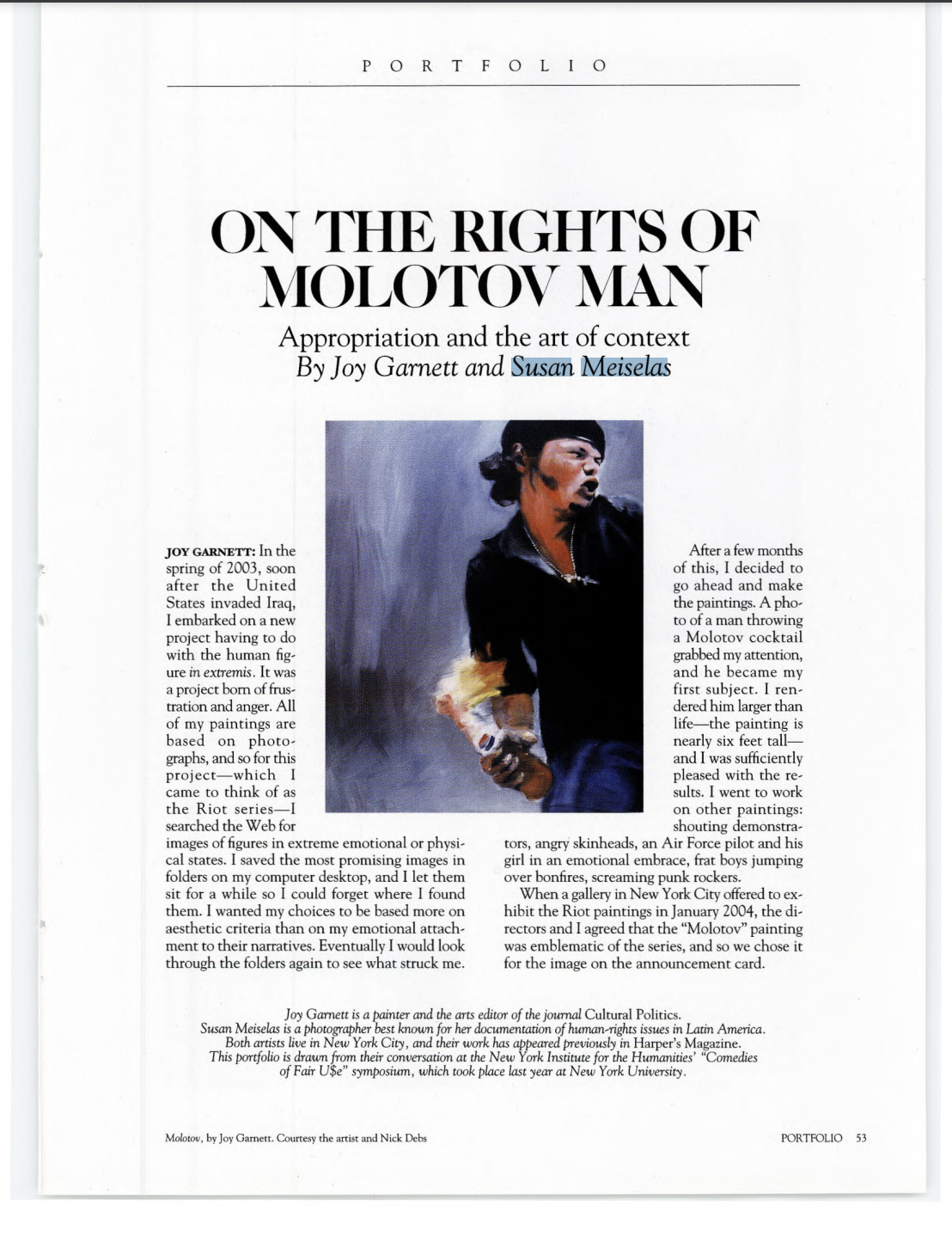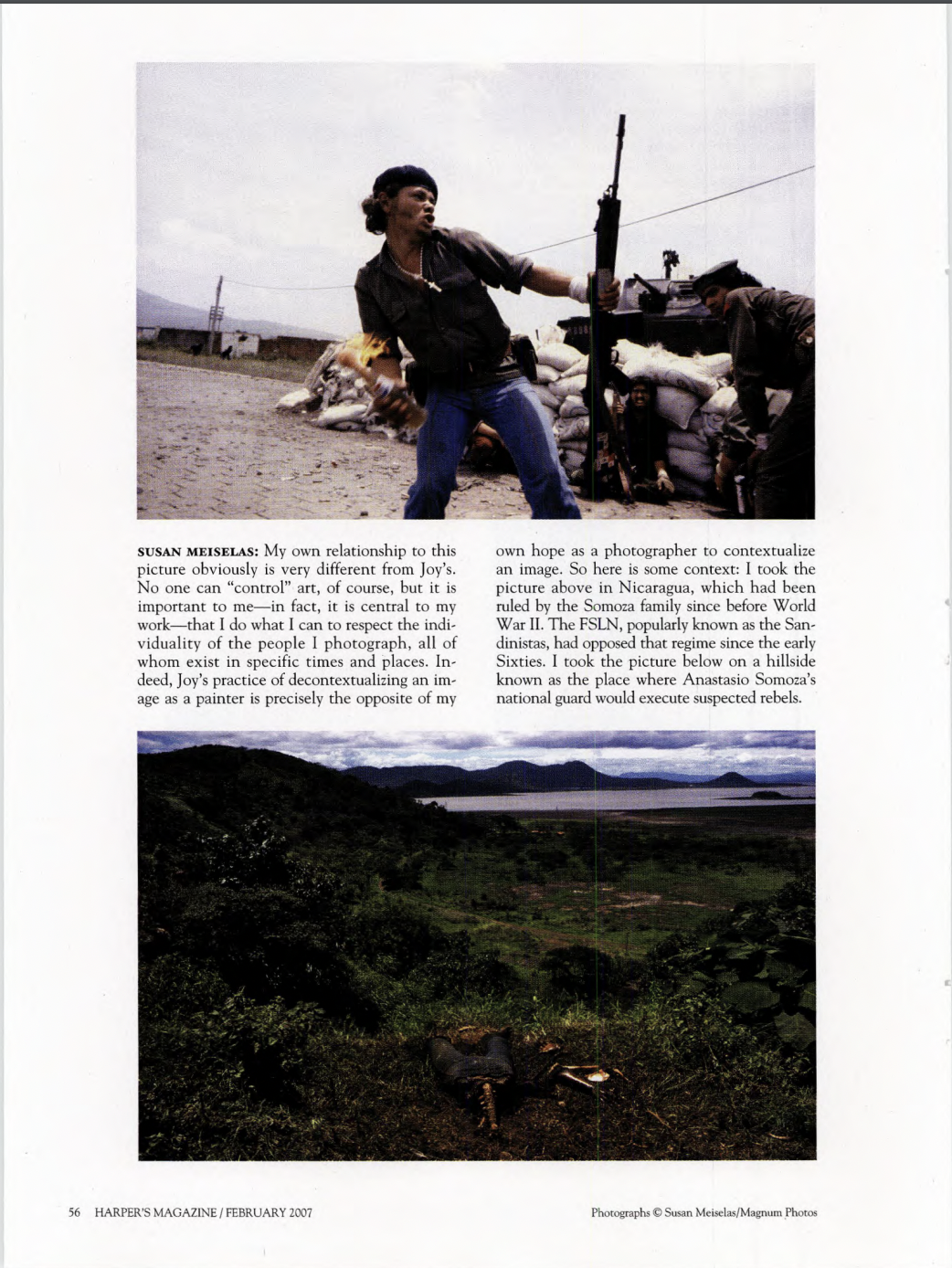Week 2
1-1
( 1 ) Week 2 Assignment :
Complete your sound piece. Export and post to your blog as an audio file or on Soundcloud. Post a reflection on your process. (What did you do? Why did you do it? What challenges did you face? How was the process of making the work?)
We first collected various daily sounds of the three members in our group separately, from the kitchen, stairs, roadside vehicles, and people. Then, we listen to these clips, pick the more interesting sounds, and try to connect them to narrate a series of actions or daily life.
![]()
After that, we also found many sound patterns and beats in our material, which can be excellent sources for creation. After trying to adjust the speed of different sounds, we thought that these slices seemed to be able to make some disturbing rhythms or songs.
We discussed separating the track into two parts; the first part shows the clips we will use in the second part. And then, we composed the last half on the steps sound and the rhythms created by the stove, repeating those voices at different speeds, and adding other sounds layer by layer. Additionally, we keep increasing the speed to make it sound more compact and end with an alarm clock, like waking up from a dream, trying to use sound to manipulate how we think about a story's flow. Is the melody a dream, or is our daily life also in the dream?
We first collected various daily sounds of the three members in our group separately, from the kitchen, stairs, roadside vehicles, and people. Then, we listen to these clips, pick the more interesting sounds, and try to connect them to narrate a series of actions or daily life.

After that, we also found many sound patterns and beats in our material, which can be excellent sources for creation. After trying to adjust the speed of different sounds, we thought that these slices seemed to be able to make some disturbing rhythms or songs.
We discussed separating the track into two parts; the first part shows the clips we will use in the second part. And then, we composed the last half on the steps sound and the rhythms created by the stove, repeating those voices at different speeds, and adding other sounds layer by layer. Additionally, we keep increasing the speed to make it sound more compact and end with an alarm clock, like waking up from a dream, trying to use sound to manipulate how we think about a story's flow. Is the melody a dream, or is our daily life also in the dream?
Week 2
2-2( 2 ) Read the Rights of the Molotov Man.
https://zscalarts.files.wordpress.com/2013/12/on-the-rights-of-molotov-man-susan-joy.pdf
First of all, I think the paragraph assignment of the article is interesting. The essay comprised two discursions, so we can start from one person's perspective and then switch to the following view to look at the same event.
I think Joy would be in the most uncontroversial state if she could get permission from photographer Susan before painting. The article mentions, Who owns the rights to this man's struggle? Maybe it can be a question that can help painters get fair use, but I can't help but wonder, where would this painting come from if there was no photographer's photo?
Honestly, I don't think the photographer has the right to the story, but I still believe her copyright should be protected. For me, citing the author when you use others' research or establish the work on others' studies is essential. As the saying goes, If I have seen further, it is by standing on the shoulders of giants. In this case, without the photographing element, there must be other ways of expressing the topic or the feeling. So if she uses the element in Susan's photo, I believe citing is needed.
On the other hand, I have a lot of admiration for the action taken by the photographer. She ultimately did not file a lawsuit. At the same time, she gave a clear presentation of the background story behind the photos and the aesthetic experience. In contrast, in Joy's paintings, the rendering power of emotions and actions is amplified, making people more strongly connected to the extreme emotional or physical states he wants to convey and even more connected to behaviors such as rebellion and riot. I don't think there is a problem with appropriating materials to represent different themes. Still, suppose you can obtain the right to use the materials at the beginning and at the same time indicate the way of use. In that case, I believe it can be understood and earn mutually agreed.
Week 2
2-3
( 3 ) Additional (Optional) Readings:
The Case for Telematics:
What Institutional Theaters Can Learn From Their Web-Based Substitute
-https://brooklynrail.org/2020/07/theater/The-Case-for-Telematics-What-institutional-theaters-can-learn-from-their-web-based-substitute
What Institutional Theaters Can Learn From Their Web-Based Substitute
-https://brooklynrail.org/2020/07/theater/The-Case-for-Telematics-What-institutional-theaters-can-learn-from-their-web-based-substitute

